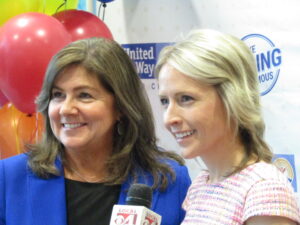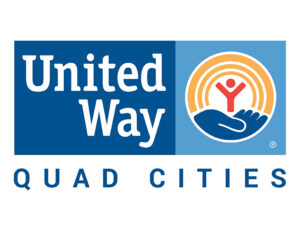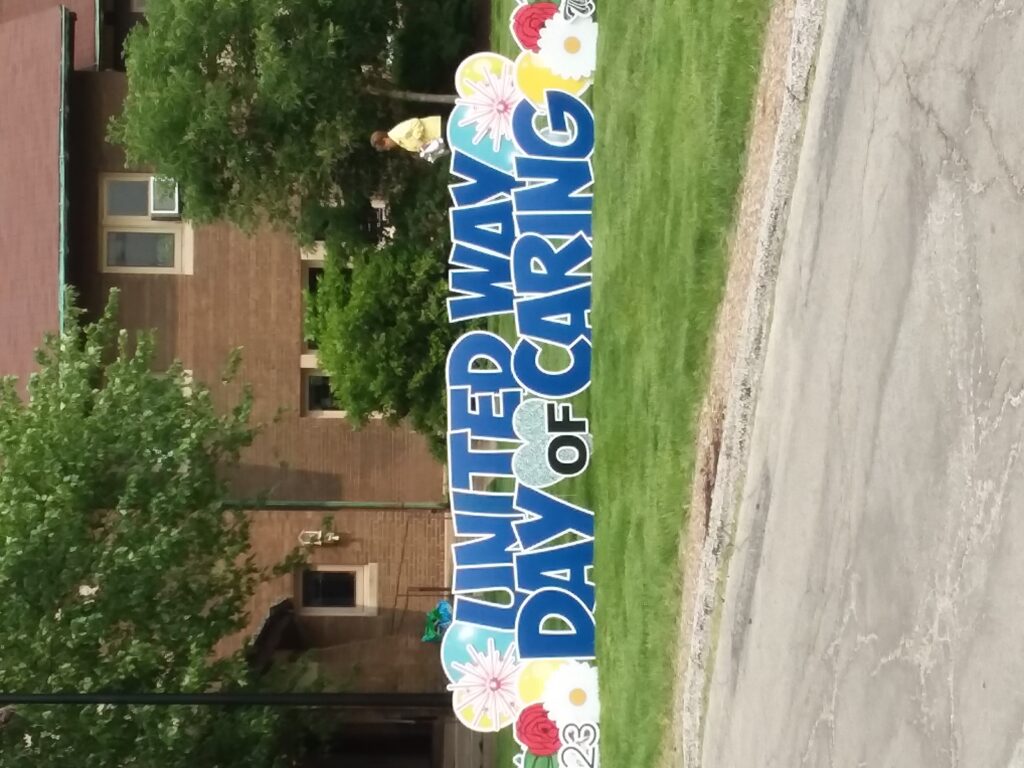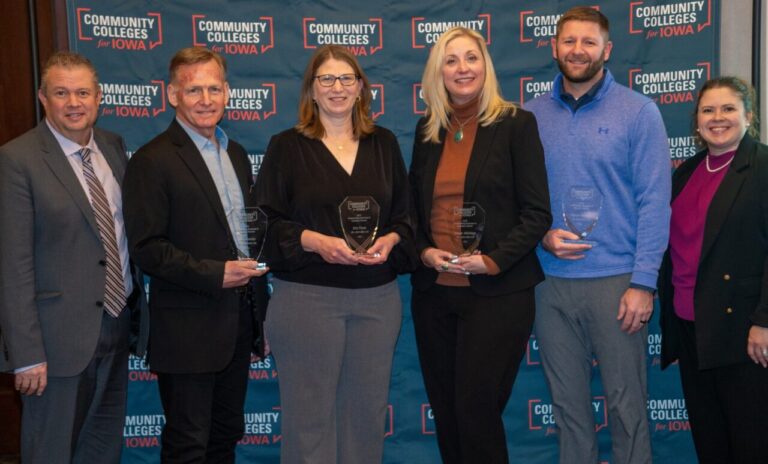United Way Quad Cities shared a 2024 report on Thursday, Sept. 26, that highlights challenges and progress in child poverty, education success, financial stability and health equity and underscores the power of community partnerships in addressing them.

The Community Insights, Signals & Trends Report also offers a look at ongoing efforts to attack those challenges and identifies key opportunities to further strengthen the region.
For example, it outlines the following list of priorities in the year ahead to help the region close gaps in its core priority areas of education, income and health:
- Expanding Educational Support.
- Economic Empowerment Programs.
- Enhancing Health and Wellness Services.
- Strengthening Collaboration.
Those priorities were informed by the 2024 “Community Insights” report results.
“The insights from this report underscore the critical importance of data-informed decision-making and ensuring we use donor and community resources efficiently and effectively,” United Way President & CEO Rene Gellerman said in a news release.
“By aligning our efforts — across nonprofits, businesses, schools and residents — we are driving real, measurable change. These findings will help us continue to prioritize and scale initiatives that deliver lasting impact where it’s needed most.”
United Way’s data-driven document highlights collective challenges and progress the bi-state region has made in child poverty, educational success, financial stability and health equity. Those successes also underscore the power of partnerships between nonprofits, businesses, educational institutions, and community members, the release said.
United Way collaborates with partners across all sectors — including funded partners, education leaders, businesses and other funders — to address challenges and create lasting, measurable impact.
Community engagement is also continuing to drive change, including in the business sector through volunteering, donation and other support.
A QC Snapshot
The document also reinforces the importance of continuing that collaborative work and ensuring resources are aligned and focused where they can make the most difference.

According to the Report Snapshot of the Quad Cities, which is designed to help guide community’s strategies and investments:
- Strengthening the cradle-to-grave is the top priority.
- Children under 5 are most impacted by poverty in the region, highlighting a critical area of concern.
- Student achievement is gradually recovering from the pandemic, but the pace emphasizes the need for a greater focus on accelerating educational outcomes.
- Many residents face financial difficulties, despite high employment rates, indicating a gap in economic stability, and
- Collaboration is essential for accelerating social and economic progress in the QC.
The document also shared “insights” which are instrumental in helping:
- Guide the direction of United Way QC’s Community Impact Strategic Plan.
- Optimize resource allocation to achieve the greatest outcome.
- Break down barriers for residents experiencing poverty.
- Enhance collaboration and partnership.
- Drive community engagement and participation.
- Innovate for future challenges.
The United Way report also shared a statistical snapshot of the Quad Cities region.
It said, for example, the region’s population recorded a 1% increase in population pushing it to 318,000 in the last 10 years and it is becoming more diverse. In fact, the numbers also suggest that the Quad Cities would have experienced a notable decline in population without the introduction of new multi-racial Quad Citians.
The numbers show, for example, that over the last decade:
- Hispanic population grew by 9% or 2,762 people.
- Asian population grew by 10% or 823 people.
- Multi-racial population in all grew 132% or 12,349.
Poverty a QC challenge
Poverty also is more pronounced for those populations. In fact, the report said, Hispanics are two-times more likely to live below the poverty line than whites, and Blacks are more than three times as likely to be below poverty than their white counterparts.
The numbers also show that Quad Citians work but despite that “many struggle to make ends meet.” Consider that working adults need to make $67,000 a year to meet the needs of a family of four. That climbs to $78,000 for families with children under 5 who need child care. That’s three times the federal poverty level of $27,750.
Based on that data, about 115,000 residents of the Quad Cities metro area, or one in three people, struggle to cover the cost of basic essentials for their families.
At the same time, the Quad Cities is experiencing a critical shortage in affordable housing not unlike the rest of the nation. And over the past five years, those housing costs have put more Quad Cities families at risk of homelessness.
The report also found the region lacks the mental health services needed to be healthy. According to the data, for example, 1 in 10 Quad Citians reported being unable to get mental health services when they needed them.
Among the positive news is that regional stakeholders have strong expectations for increased collaboration and collective problem-solving to scale impact and drive change, the United Way release said. Those insights, drawn from community data and feedback from nearly 1,000 residents and leaders, will guide United Way QC’s strategic initiatives for the next three years.
Some key findings
Other report findings were:
- Child Poverty & Early Education: More than 19% of children in the region live in poverty, and only half of children aged 3-4 are enrolled in early childhood education programs. Start Early, the work of Women United, a network of United Way, and other partners are helping prepare children for kindergarten success and lifelong learning.
- Educational Disparities: Students from low-income families face persistent barriers to success. United Way’s United for Schools initiative, in collaboration with local public school districts and Communities In Schools (CIS), is delivering wraparound services to nearly 1,000 students in two Title I elementary campuses. This initiative will expand to reach 2,000 in January, with an amplified focus on improving literacy and attendance to help bridge gaps and set students up for long-term success. Importantly, the report notes, every $1 invested in early childhood returns between $4 and $16 to the economy.
- Financial Instability: Despite positive employment figures, many still struggle with financial security due to rising cost-of-living. United Way’s workforce development efforts aim to equip individuals with the skills needed to secure stable, well-paying jobs that align with the region’s needs. Greater collaboration between businesses, educators and community leaders is essential to identifying high-impact jobs and aligning resources to prioritize training and development programs that will fill these roles, ensuring long-term financial stability for more residents.
- Mental Health Access: The report highlights United Way’s commitment to supporting and investing in expanded mental health services for youth and adults, with a focus on addressing growing demand for support — especially among young children and in schools, where needs are increasing at alarming rates. While there are collaborative efforts across the community, meeting demand for skilled staff and expertise requires ongoing innovation and creative problem-solving.
To learn more
Overall, “Community Insights” emphasizes the vital role that partnerships play in achieving large-scale impact. United Way’s collaborations with local community organizations, combined with the implementation of proven practices from national partners such as Communities in Schools, Start Early and Vision To Learn, showcase how collective efforts and best practices can drive innovative solutions and expand opportunities for all.
For more information and to access the full report, visit www.unitedwayqc.org/community-insights.







